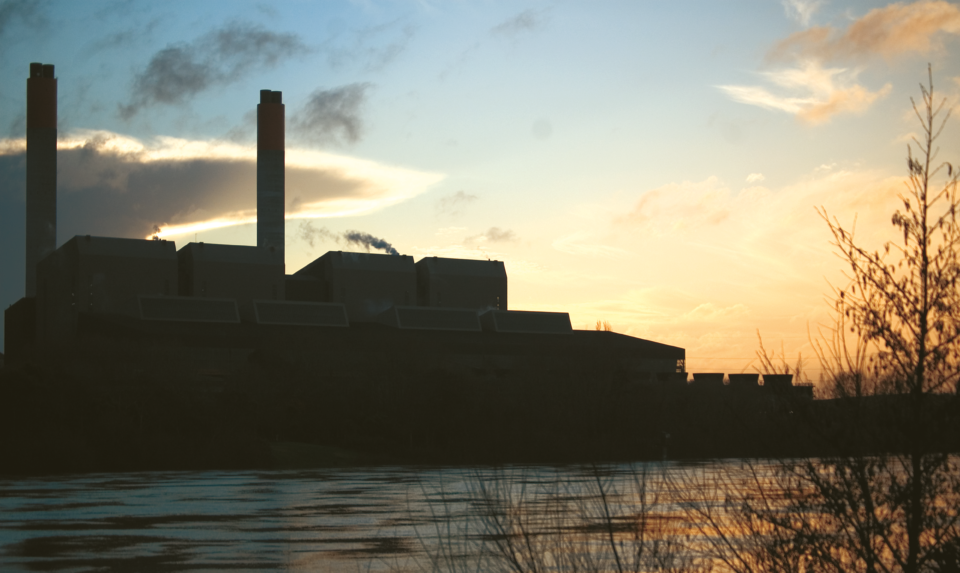By Andy Loader, co-chairman, Primary Land Users Group.
The Government has spoken about the use of major infrastructure projects as a means of kick-starting our economy while proposing a move to a much greener economy based on renewable power (we already produce 84 percent of our energy from renewable sources).
Given the current Government’s moves away from the use of fossil fuels for generation of electricity, its ban on any further oil or gas exploration, and a ban on any further hydro-electric generation this leaves only more very large scale windfarms, geothermal power stations, and new solar generators.
A target such as this will require massive new infrastructure projects and the materials to construct them, such as aggregate, concrete, steel, aluminium; and other mines and processed mineral such as copper, and an unknown amount of precious metals (gold, silver and platinum) and rare earth elements.
This year, we came very close to having rolling power cuts as a regular thing due to the lack of supply from hydro generation in the South Island, from lack of rain. There was one incident where power cuts were instigated due to a lack of availability of electricity supply.
While we have almost stopped mining coal for power generation near Huntly, we can’t stop burning coal or natural gas at Huntly for essential base-load generation, when we need it. We will need to import Indonesian coal just to keep the lights on this winter.
It is argued that more hydro-electricity will become available when the aluminium smelter at Bluff shuts down, and this will provide a great buffer until more renewable generation is available but, the problem is, the Bluff smelter has yet to shut down and there is no transmission infrastructure available to re-direct the hydro supply from Manapouri to the North Island where the demand is always greatest.
A more convincing option is converting the Huntly power station to burn waste to fuel power generation rather than using imported coal. A common scenario in Europe.
By using waste incineration at Huntly Power station we reduce the amount of waste going into landfills; utilise the existing supply infrastructure into Auckland, the largest market; and gain time to develop new generation capacity from other sources.
We have the capability to renew the generation system at the Huntly Power station to accommodate thermal generation from incineration of waste; we have availability on the boundary of the Huntly Power station, of rail sidings and we have large areas of government owned land where the infrastructure could be sited to accommodate the sorting of the waste streams into separate recyclable and incineration resources. LG

